|
5/13/2017 Happy Healthy Hair MasquesHappy Healthy Hair – Vitamins and Supplements from Kala Kilshaw Our hair and nails are the last place to receive the benefits of vitamins and we rarely eat as much of the good stuff as we need. As hair is 91% protein, in order to repair it from the inside out, a regular hair masque is the solution. Many masques available are moisture based so make the hair feel soft and smooth but don’t actually do any internal good. A simple homemade protein based masque is all you need.
These 2 examples are perfect for all hair types, they are a great blend of proteins and fatty acids exactly what we need for Happy Healthy Hair. Ingredients for Banana Hair Masque • 1 banana • ¼ cup of almond milk • 2 tbsp coconut oil • 2 tbsp honey ⚛ Cut banana into small pieces and place in a bowl ⚛ Add ¼ cup of almond milk ⚛ Add 2 tbsp coconut oil ⚛ Add 2 tbsp honey ⚛ Blend or mash until smooth Ingredients for Avocado Hair Masque • 1 pitted avocado • 1 egg yolk • 2 tbsp of either coconut, olive or almond oil ⚛ Place the avocado and egg yolk in a bowl ⚛ Add 2 tbsp of either coconut, olive or almond oil ⚛ Blend or mash until smooth Directions of use: ★ Apply to freshly shampooed, towel dried hair (squeeze water from the hair don’t rub, this prevent roughing the cuticle and causing damage) ★ Cover with a plastic shower cap or bag and a warm towel if possible ★ Leave for 20 mins ★ Comb through gently with a wide tooth comb from end to roots so as not to stress and damage the hair ★ Give your scalp a lovely massage – see details of the benefits above ★ Rinse thoroughly ⚛ 20 mins is perfect timing for treatments and don’t sleep with them in as there are no extra benefits. ⚛ You can add a couple of drops of your favourite essential oil if you want a more fragrant indulgence. ⚛ Drying your hair thoroughly instead of leaving it damp and tying it up will prevent, fungus, scalp problems and breakage. This article first appeared on UKHairdressers.com 5/6/2017 0 Comments Swimming Hair Care TipsIt's that time again...
Avoiding Pool Hair Summer is approaching and many of us will be hitting the pool! To avoid the damage chlorine can wreak on the hair, simply wet your hair with tap water (with a one tablespoon per pint of leave-in conditioner) before you jump in. This will prevent the hair from soaking up pool water and reduce the damage! Summer’s here and so are swimming pools and Chlorine Summer is here and many stylists are getting this lovely shade of swimmers green sitting in your chair. Remember your childhood as a white blonde who’s hair turned green each year. Leaning over the kitchen sink pouring tomato juice over your head, catching it in a basin and pouring it over again, and again. The tomato acids worked to remove the copper minerals (blue/green) but was very drying on fragile blonde long hair. YES, Catsup works, too Always remove the minerals causing the green (use Malibu C), rather than trying to cover them up (darken or tone) with haircolor or worse bleaching the minerals out of the hair. Aspirin and Water Can Get Rid of Chlorine Green Taking aspirin with water won’t help, but rinsing your hair with aspirin dissolved in water will, according to Manhattan dermatologist Amy Wechsler. It’s actually the copper in chemically treated pools, not chlorine, that makes blonde swimmers’ hair go green. The acids in aspirin and water, as well as in tomato and lemon juice, can neutralize copper, helping get the green out. To prevent further greening, before swimming rinse hair in cold water to tighten the cuticle, then put on conditioner and a swim cap. After swimming, wash hair with swimmer’s shampoo, which binds to the copper on the hair to remove it. From the archives of "The Beauty Blog" 7 Excellent Ways to Protect Your Hair when in the Pool Have a great summer! 5/3/2017 The Best Dry Shampoo Reviews of 2017by Reviews.com The best dry shampoo is like the wand of your fairy godmother, granting precious moments of your life back in a spritz of magic dust. On those hectic mornings where there’s no time for coffee — let alone a full-on wash-and-blow-dry routine — dry shampoo gets you out the door looking fresh. We set out to find the best and after 45 hours of research and 17 product tests, Klorane Dry Shampoo With Oat Milk stood out as our favorite.
In our search, we read dozens of articles, scoured top lists and recommended brands, and consulted with experienced stylists and other industry experts. We sorted the aerosol sprays from the powders, and tried the expensive ones as well as the DIY alternatives we made in our own kitchen. The best ones soaked up oil, added volume, and left our hair smelling fresh. The worst were messy to apply and left our hair a chalky white. Based on our research, we designed a method for reviewing dry shampoo, focusing on the most popular, competitively priced options. With our methodology in place, we narrowed a list of more than 50 dry shampoos down to the top five. Our Top Picks
Click here to find out How We Found the Best Dry Shampoo That moisturizer your friends swear by left your face red and scaly. The cleaner you've been using for years to make your bathroom sparkle made your hands itch and burn.
For some people, the chemicals in shampoos, cosmetics, and detergents can trigger allergic skin reactions. Causes These reactions -- what your doctor calls allergic contact dermatitis -- happen when your immune system overreacts to chemicals that are normally harmless. They can be in products you're exposed to over and over, like cleaners, colognes, hair dyes, and personal care items. Even if you've used them before, you can still have a reaction. Cosmetics and personal care products have a lot of potential allergens, things you could be allergic to:
Symptoms Your skin is one of the first places where the warning signs can show up. They often appear 24 to 48 hours later, but can start as late as a week after you come in contact with the irritating chemical. Each person may have different chemical allergy symptoms. Some of the most common are:
The symptoms tend to be worst where you touched the thing you're allergic to. If you get the allergen on your finger and then touch another part of your body, like your face or neck, you can set off an allergic reaction there. Other conditions can cause similar symptoms, so see your doctor to find out what the problem is. Diagnosis Often your doctor may be able to diagnose your allergy by doing a physical exam and asking you about your symptoms. Sometimes, he may suggest you see an allergist for a skin test, also called a patch test. The allergist places small samples of chemicals on your back and checks to see if you get a rash. Keep track of your symptoms. It will help your doctor make a diagnosis. Note details such as:
Treatment You'll want to identify and avoid the chemical that seems to cause your allergic reaction. This article first appeared on WebMD By Dr. Leslie Baumann
Most of us use some sort of hair product on a daily basis, and allergies to many of their ingredients are common. While hair color is the biggest offender, other products like hairspray, conditioners and extension glue can cause redness, itching and even swelling in those with allergies. The problem is, many women and men experience these symptoms without knowing the exact cause. As a dermatologist, I can effectively treat the allergy, but it often takes a while to determine the source of the reaction. Here are the most common hair products that cause reactions—and a few allergy-free alternatives. Hair color Whether you use hair color to cover grays or for highlights, if you’re allergic, you know it. The main ingredient responsible for hair color allergies is paraphenyldiamine (PPD) and it can cause redness and swelling wherever the product touches the skin. Another offender is toluene (which can also be found in nail polish but most major brands have omitted it from their formulas). I see many patients with hair color allergies, but there are alternatives that provide the benefits without the side effects. Vegetable dyes like henna cover grays on darker hair, and if you prefer highlights, the trendy ombre look is achieved by placing color just at the ends so it doesn’t come in contact with the skin. Hairspray In the case of hairspray, fragrance is most often responsible for allergic reactions like redness, irritation and swelling. Other ingredients that cause reactions include propylene glycol (which is often used to “seal in” moisture) and acrylates, which are used to form a film on the hair. Though I wish I could recommend a hairspray that’s unlikely to cause a reaction, a better approach is to make a note when you have a problem and consider what products you used in the previous 24 hours. Then read those labels and see if you can identify the culprit. If you still can’t figure it out, see your dermatologist for patch testing so you can avoid the offender in the future. Perms and straighteners Treatments such as keratin straightening have been getting bad press due to side effects from the professionals who spend a lot of time around the fumes, but these treatments can cause allergic reactions when they come in contact with the skin — even if it’s only every few moments. The main problematic ingredient in these treatments is formaldehyde, and it leads to itching, skin cracking and irritation in those with sensitivity. The problem with a formaldehyde allergy is that this ingredient can be listed many ways on product labels, so it’s best to consult your dermatologist if you react to these types of hair treatments. Hair conditioner Something as simple (and common) as conditioner can have side effects on the skin. A very common ingredient like isopropyl myristate can aggravate acne, and it often comes in contact with the face, back and chest when used in the shower. If you have persistent body acne, check your labels, and be sure to wash your back and chest with a salicylic acid cleanser after washing and conditioning your hair. Hair extension glue Think about it … anything that’s designed to attach hair to your head (and withstand washing and tugging) might have some detrimental side effects on the skin. The main ingredient in hair glue that causes reactions is ethyl cyanoacrylate, so if you experience adverse effects, consider another hair extension technique. Other options include thermal bonding and sewn-in extensions, and these eliminate the possibility of skin reaction. When a patient is unable to isolate the ingredient causing their skin allergies, I often ask them to bring in their skincare and hair care products so I can take a look at what they’re using. In most cases, reading the labels and taking a thorough history is enough to pinpoint the source of the reaction and eliminate the product from one’s beauty routine. This article first appeared in the Miami Herald |
Hair by BrianMy name is Brian and I help people confidently take on the world. CategoriesAll Advice Announcement Awards Balayage Barbering Beach Waves Beauty News Book Now Brazilian Treatment Clients Cool Facts COVID 19 Health COVID 19 Update Curlies EGift Card Films Follically Challenged Gossip Grooming Hair Care Haircolor Haircut Hair Facts Hair History Hair Loss Hair Styling Hair Tips Hair Tools Health Health And Safety Healthy Hair Highlights Holidays Humor Mens Hair Men's Long Hair Newsletter Ombre Policies Procedures Press Release Previous Blog Privacy Policy Product Knowledge Product Reviews Promotions Read Your Labels Recommendations Reviews Scalp Health Science Services Smoothing Treatments Social Media Summer Hair Tips Textured Hair Thinning Hair Travel Tips Trending Wellness Womens Hair Archives
July 2025
|
|
Hey...
Your Mom Called! Book today! |
Sunday: 11am-5pm
Monday: 11am-6pm Tuesday: 10am - 6pm Wednesday: 10am - 6pm Thursday: Closed Friday: Closed Saturday: Closed |
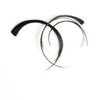
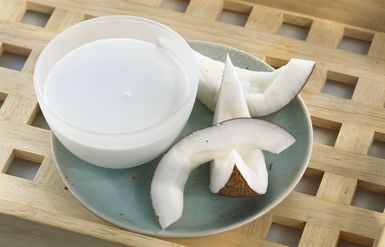
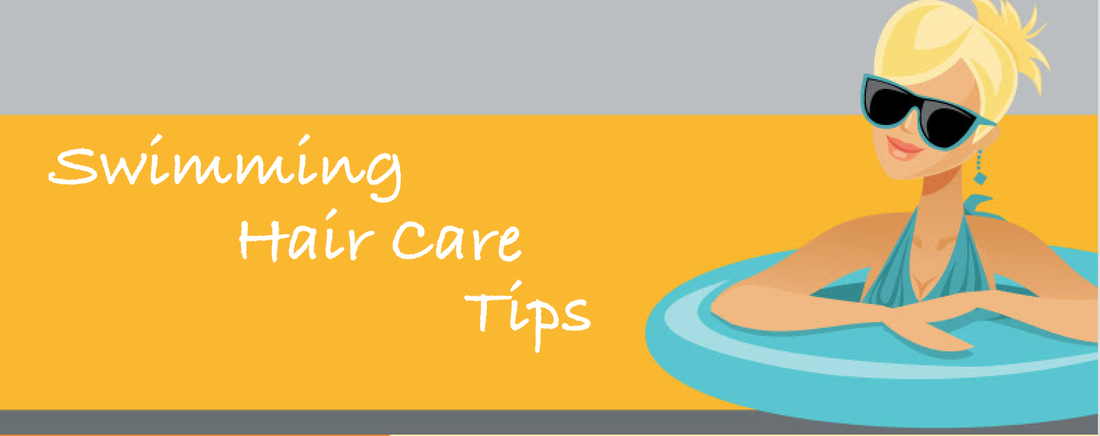
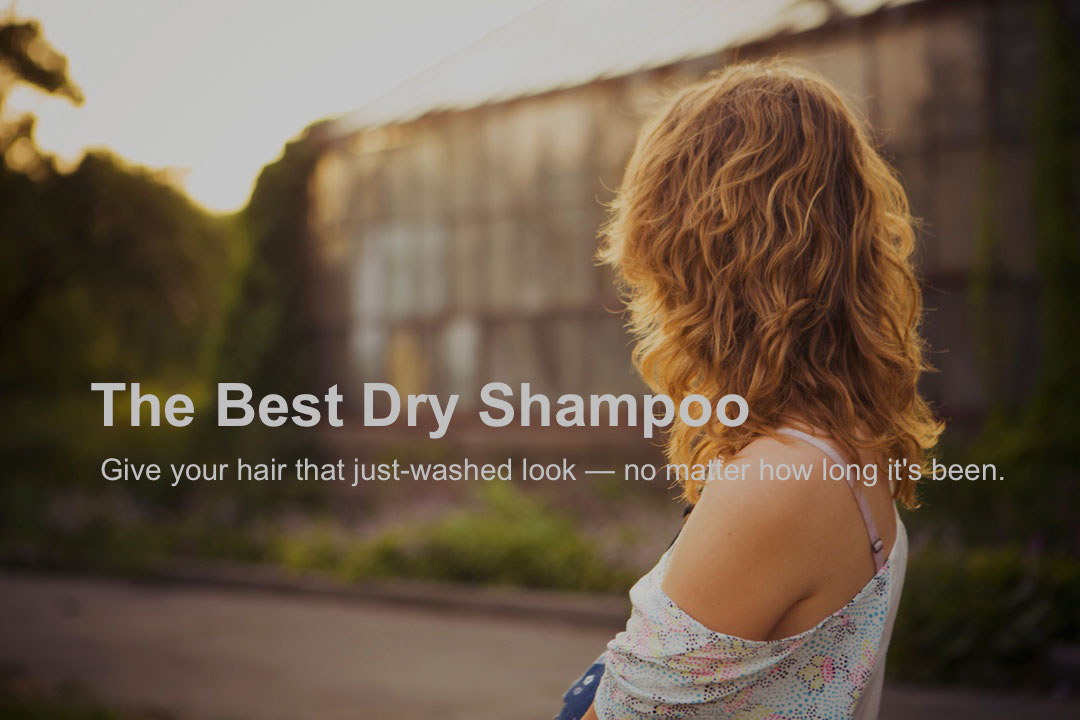
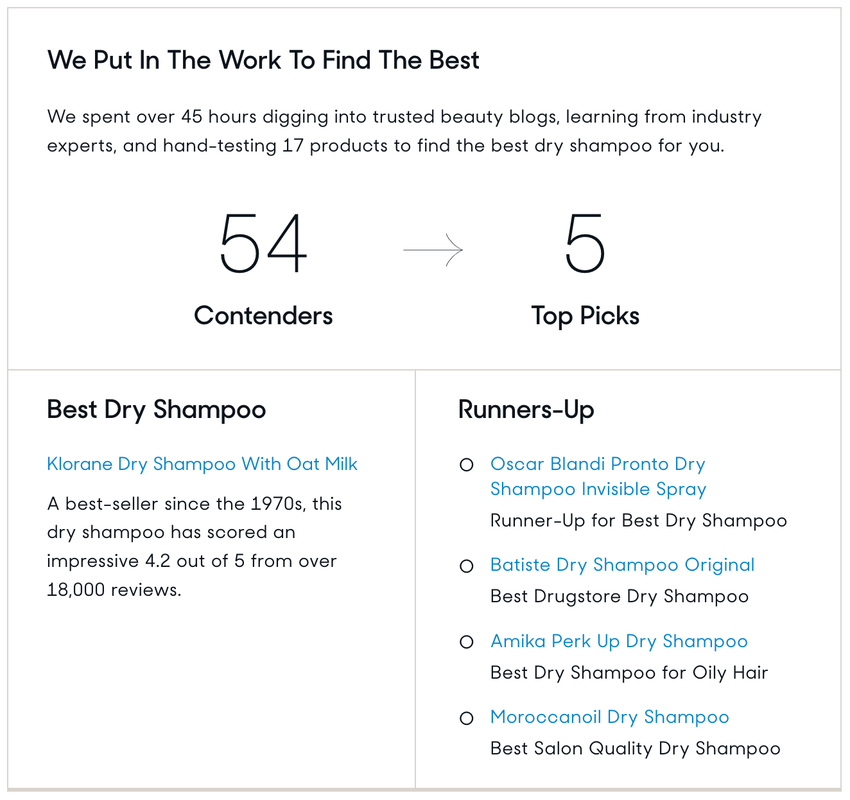

 RSS Feed
RSS Feed